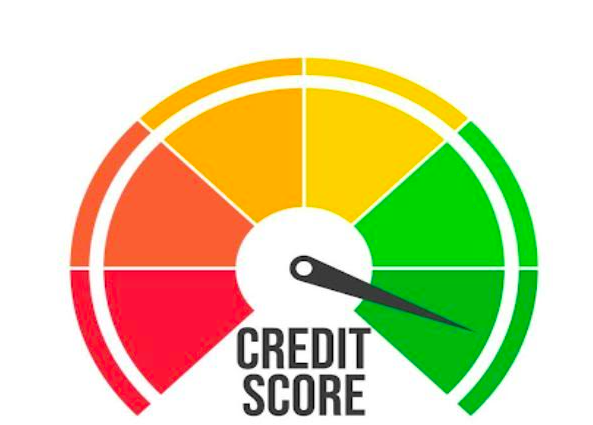Mortgage underwriting is the process of evaluating a borrower’s financial qualifications and creditworthiness to determine if they are eligible for a mortgage loan. This process is crucial for lenders as it helps them to determine the level of risk involved in lending to a particular borrower. In this article, we will explain the mortgage underwriting process and requirements to help you better understand what to expect when applying for a mortgage loan.The mortgage underwriting process involves several steps, including verifying the borrower’s income, assets, employment history, credit score, and other financial information. Underwriters also assess the property value and its condition to determine its marketability and loan-to-value ratio.
Pre-approval stage
The first step in the mortgage underwriting process is the pre-approval stage. This stage involves the borrower providing the lender with some basic financial information to help the lender determine whether the borrower is likely to qualify for a mortgage loan. This information typically includes the borrower’s income, employment history, credit score, and debt-to-income ratio. Based on this information, the lender will issue a pre-approval letter stating the maximum amount of money the borrower can borrow.
The underwriting process can take several weeks to complete, and lenders may request additional documentation or clarification during the process. Once the underwriting process is complete, borrowers will receive a loan decision and, if approved, a set of loan terms and conditions.
Loan application stage
Once the borrower receives a pre-approval letter, they can proceed to the loan application stage. At this stage, the borrower must submit a formal mortgage loan application to the lender. This application will require the borrower to provide detailed financial information, including their employment history, income, and assets. The borrower will also need to provide documentation to support this information, such as bank statements and tax returns.
Credit check
After the loan application is submitted, the lender will perform a credit check to determine the borrower’s creditworthiness. This involves reviewing the borrower’s credit report to see their credit history, credit score, and any outstanding debts or financial obligations. A good credit score is an essential requirement for mortgage approval, and lenders will typically require a minimum credit score of 620.
Verification of income and assets
In addition to the credit check, the lender will also verify the borrower’s income and assets. This involves requesting documentation from the borrower, such as pay stubs, W-2 forms, and bank statements, to verify their income and assets. The lender will also review the borrower’s employment history to ensure they have a stable source of income.
Debt-to-income ratio (DTI)
The lender will calculate the borrower’s debt-to-income ratio (DTI), which is the percentage of the borrower’s monthly income that is dedicated to paying off debts. Lenders typically require a DTI ratio of no more than 43%. Borrowers with a higher DTI may still be approved for a mortgage loan, but they may be required to pay a higher interest rate or put down a larger down payment.
Property appraisal
The lender will also order a property appraisal to determine the value of the property being purchased. This is to ensure that the property’s value is sufficient to secure the mortgage loan. If the appraisal comes back with a value that is less than the purchase price, the borrower may be required to renegotiate the purchase price or put down a larger down payment.
Mortgage underwriting review
Once all of the required information has been collected and verified, the lender will review the borrower’s application and documentation to determine whether they meet the lender’s mortgage underwriting guidelines. This review process is conducted by an underwriter, who is responsible for assessing the borrower’s creditworthiness and the overall risk involved in lending to them. If the underwriter determines that the borrower meets the lender’s requirements, they will issue a mortgage loan approval.
Conclusion
In conclusion, the mortgage underwriting process is an essential step in getting approved for a mortgage loan. The process involves a thorough review of the borrower’s financial qualifications and creditworthiness, as well as the property being purchased. Understanding the requirements and steps involved in the mortgage underwriting process can help borrowers prepare their finances and increase their chances of getting approved for a mortgage loan. In summary, mortgage underwriting is an essential part of the mortgage lending process that helps lenders assess a borrower’s creditworthiness and ability to repay a mortgage loan. By understanding the process and requirements, borrowers can increase their chances of getting approved for a mortgage loan with favorable terms and conditions.

Hello, I am Tanisha Kriplani, graduated in computer science from Delhi University. I am passionate about web content writing and have a strong interest in Data Analytics and Data Engineering.












